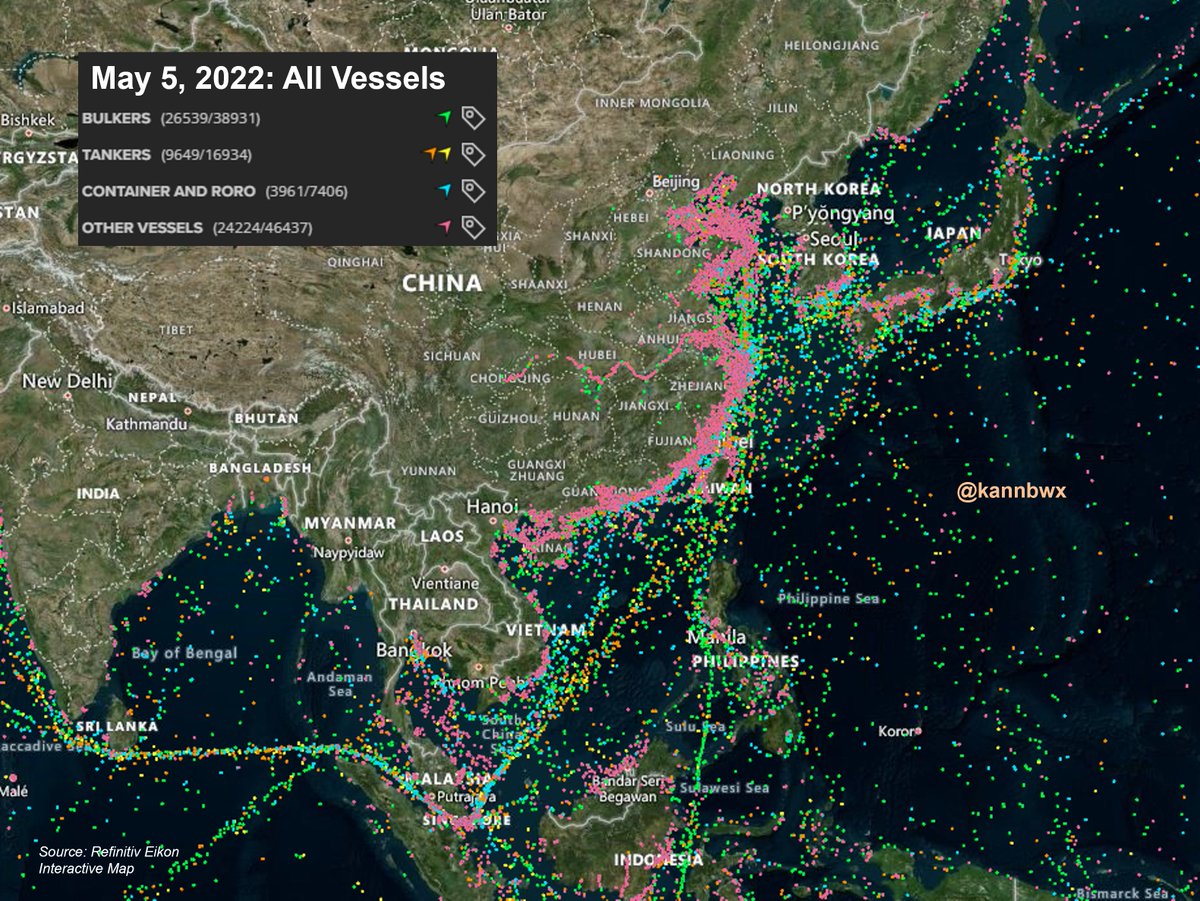
It's finally a beautiful evening to plant #corn in western Illinois. This is the last of four Illinois #CropWatch22 fields to be planted, and the 8th of 22 total. 

It was a decent night to plant #corn in Minnesota Saturday night, though rain was forecast Sunday, so the #CropWatch22 corn was finished 4:30 am Sunday morning. The South Dakota corn also went late into the night Sat-Sun, finishing at 2 am. Needing to beat some weather. 

Not the common early sight for #CropWatch22 this year, but the SE Illinois fields, both planted April 23, have emerged. This was the earlier stuff the producer planted this season - his planting is still in progress. 



#CropWatch22 fields planted as of Monday: #corn in Kansas, W and SE IL, SD, MN. #Soybeans: both Illinois, Indiana. Kansas beans planned for Tuesday.
• • •
Missing some Tweet in this thread? You can try to
force a refresh





















